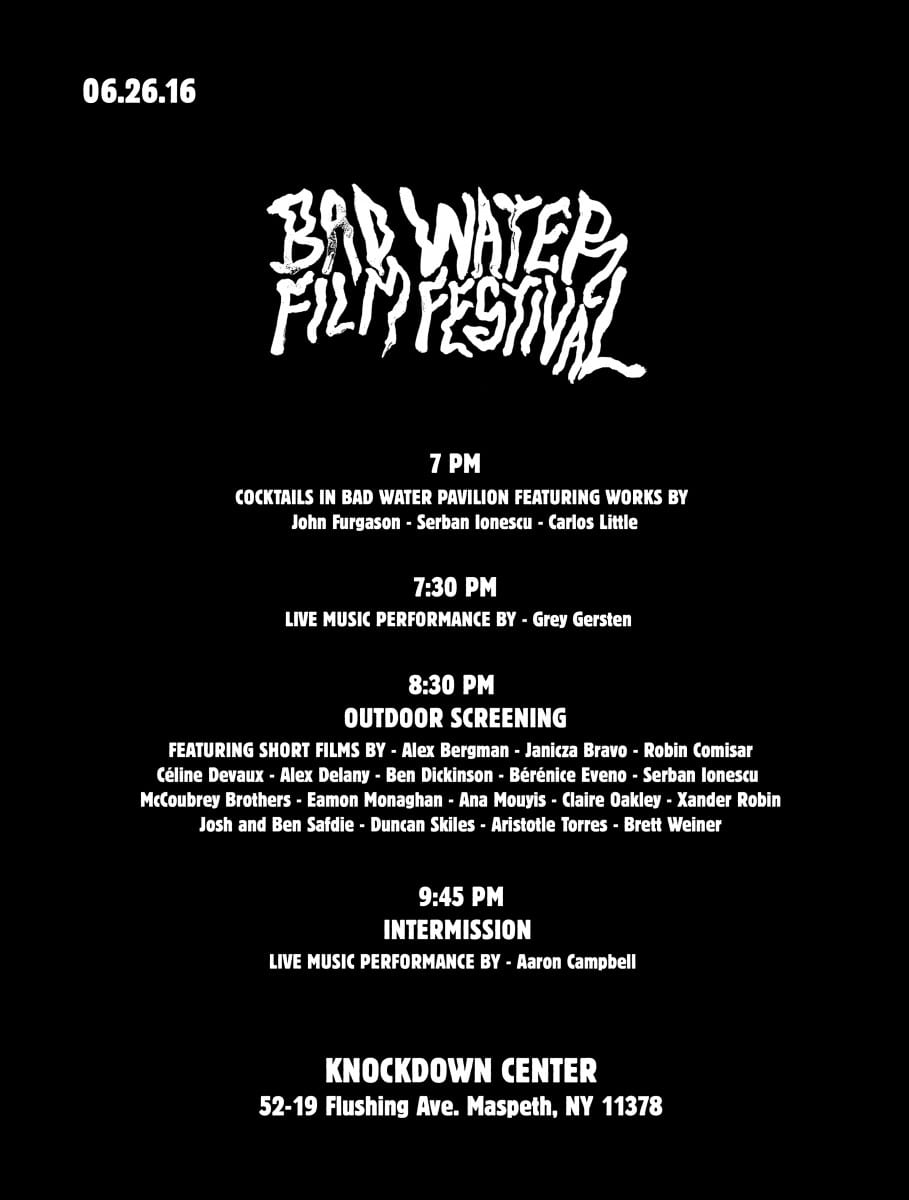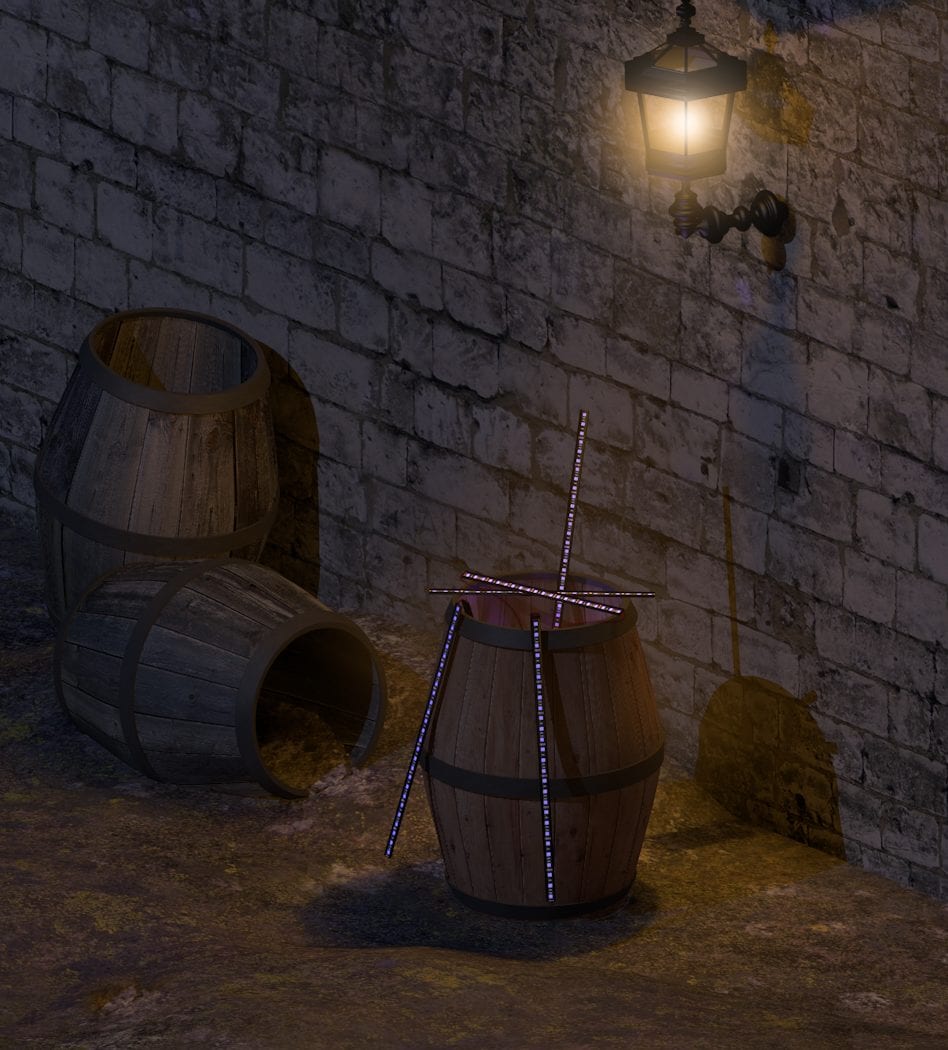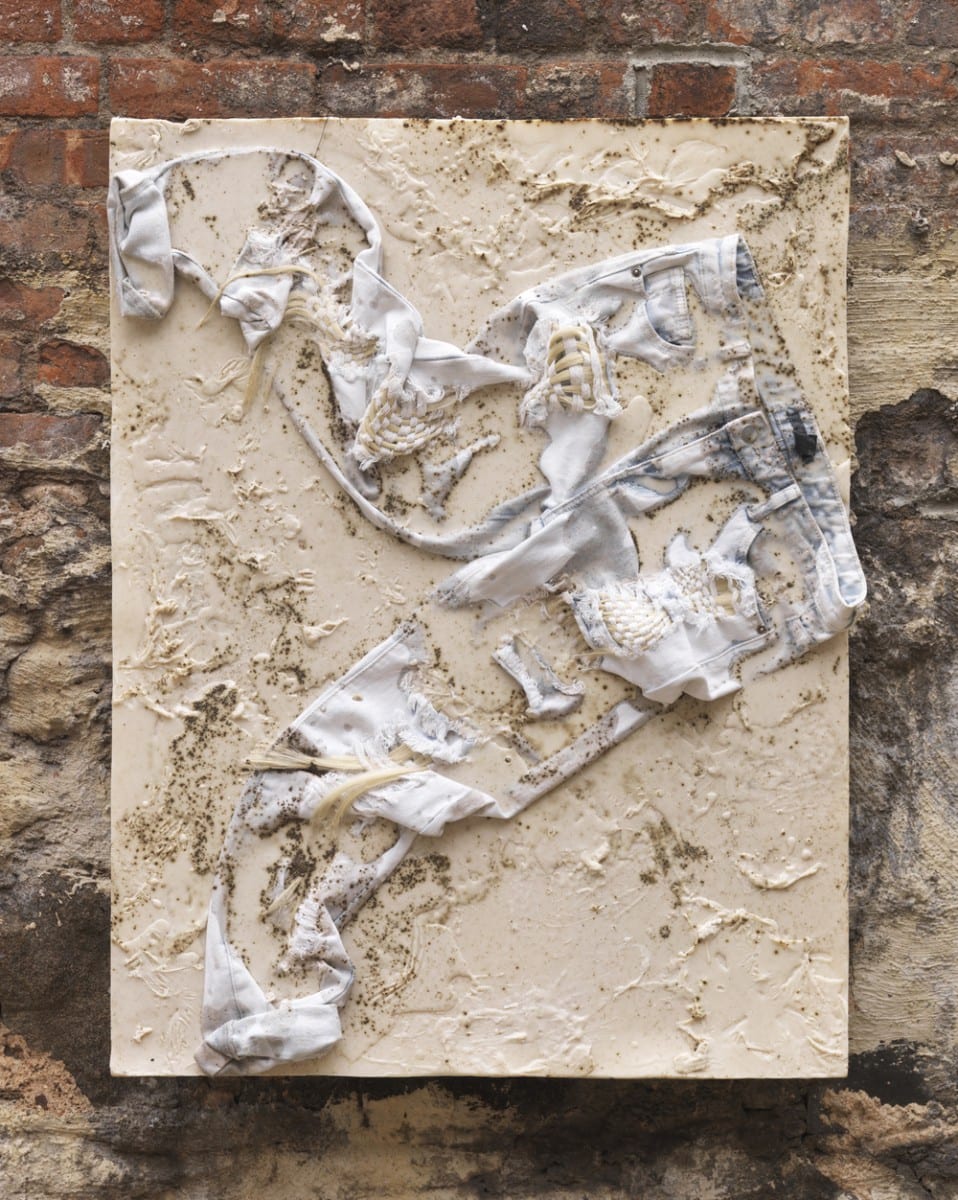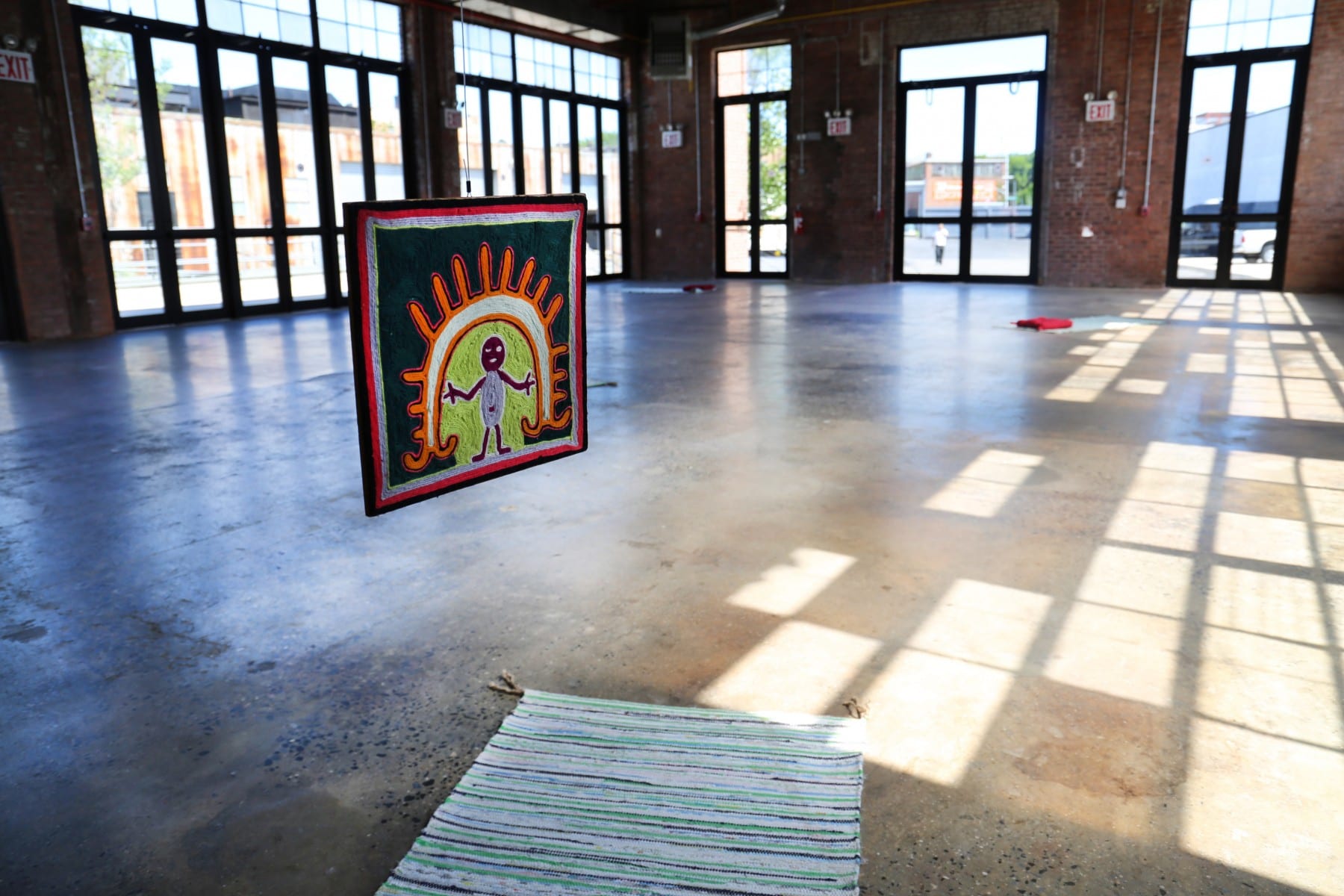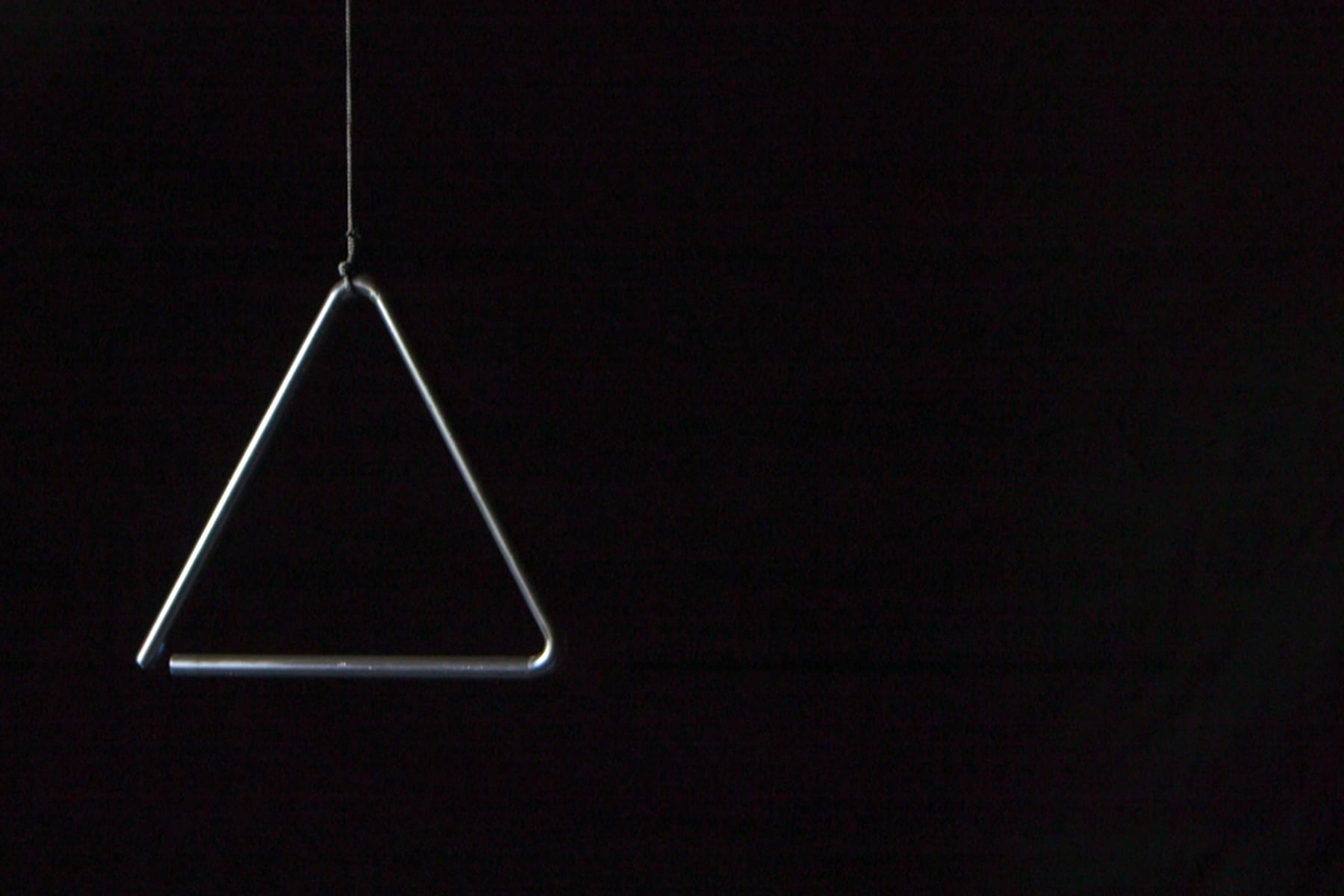MAMI is an exhibition as offering to Mami Wata, a pantheon of water deities that originates from West and Central African matriarchal spiritual systems. Most commonly portrayed as part-woman/part-aquatic creature, Mami Wata is called upon by those pursuing wealth, wisdom, emotional guidance, and sexual liberation. However, contrary to monolithic representations, Mami Wata is the embodiment of hybridity. Informed by Mami Wata’s mystifying multiplicity, the work of Salome Asega, Nona Faustine, Doreen Garner, Aya Rodriguez-Izumi, MALAXA, and Rodan Tekle reflects on the process of discovering the Others within ourselves.
Curated by Ali Rosa-Salas and Dyani Douze.
Programming:
August 6: Opening reception, 7 – 12am
Join us for the show’s opening reception, with live performance by Aya Rodriguez-Izumi, a flag raising for MALAXA, music by SHYB0I, hosted by KUNQ
August 13: MAMI Market 12 – 7pm
Local designers and artists take residence at Knockdown Center for day-long market place, along with DJ sets, performances, workshops
August 20: P2P 7pm
Performance collaboration between sound artist Dyani Douze, new media artist Salome Asega, and world champion Floyd Little Double Dutch Team
September 3: FAKE ACCENT Presents: RUDE GYAL 8pm
MAMI’s closing party will be a Labor day weekend Caribbean fete hosted by arts collective FAKE ACCENT
LAST DAY TO SEE THE EXHIBITION!
About the artists:
Salome Asega is a Brooklyn-based artist and researcher whose practice celebrates multivocality and welcomes dissensus, using interactive installation and odd wearables. She is assistant director of POWRPLNT digital art collaboratory, co-host of Hyperopia: 20/30 radio, and one half of CandyFloss, a duo of creative technologists. Asega received her MFA in Design and Technology from Parsons and her BA in Social Practice from NYU.
Nona Faustine is a photographer, visual artist, and Brooklyn native. She graduated from the SVA and received her MFA from the International Center of Photography at Bard College. Faustine’s photography explores the intersection of race, identity, womanhood, and representation in the 21st century. She gained widespread acclaim for her photo series “White Shoes,” in which she photographs herself in New York City sites which were central to the slave trade, nude except for a pair of white shoes. Faustine recently exhibited at the Studio Museum in Harlem, participated in a residency at the Baxter Street Camera Club and was awarded a Director’s Fellowship at the International Center for Photography.
Doreen Garner is a Brooklyn-based artist born in Philadelphia, PA. Her current research project centers on the history of the black female body in medicine, and dynamics of race, sexuality, pathology, and fetishism. Garner is co-host of #trashDAY on Clocktower Radio and was recently a studio resident at Abrons Art Center and Pioneer Works. She holds two degrees in glass sculpture: a BFA from the Tyler School of Art at Temple University and an MFA from the Rhode Island School of Design.
Aya Rodriguez-Izumi is an artist living and working in Harlem via Okinawa, Japan whose practice includes painting, drawing, sculpture and music using satire and whimsy to examine how our environments shape us. She is currently an MFA candidate at SVA and has presented work at MoCADA, Skylight Gallery, Free Candy, and FLUX Fair.
MALAXA is a Johannesburg (occupied Azania) and Tel Aviv (occupied Palestine) based collective spearheaded by new media artists Tabita Rezaire and Alicia Mersy, whose work explores decolonial aesthetics and political resistance through digital culture, art, documentary and fashion.
Rodan Tekle is a digital artist, animator, video editor, and art director living and working in NYC via Sweden and Eritrea. Her work examines the screen environment within the African diaspora through motion and graphic design, 3-D rendering, and game engine based design. She received her BA in Performance Art Production from Malmö University and her MFA in Computer Art from SVA.
About the curators:
Ali Rosa-Salas is an independent curator from Brooklyn, NY. She has curated exhibitions and produced public programs for AFROPUNK, Barnard Center for Research on Women, Danspace Project, MoCADA, TOP RANK Magazine, and Weeksville Heritage Center. Her collaborations with Salome Asega, Chrybaby Cozie and Dyani Douze have been supported by AUNTS with residencies at the New Museum and Mount Tremper Arts. Her writing on dance and performance has been featured in The Brooklyn Rail, The Dance Enthusiast, New York Live Arts Context Notes, among others. Ali is currently an MA candidate at the Institute for Curatorial Practice in Performance at Wesleyan University.
Dyani Douze is a Brooklyn-based DJ and multimedia artist working in sound art, music production, film editing, directing and curatorial projects. She has presented her work at AFROPUNK AFTER DARK, ALL GOLD Listening Room at MoMA PS1, Danspace Project, and Performa 15 among other venues. As a member of the New Negress Film Society, Dyani has most recently presented her films at Indiana University Cinema, Made in NY Media Center, South Dallas Cultural Center and Cooper Union as part of a series presented by Black Radical Imagination.




